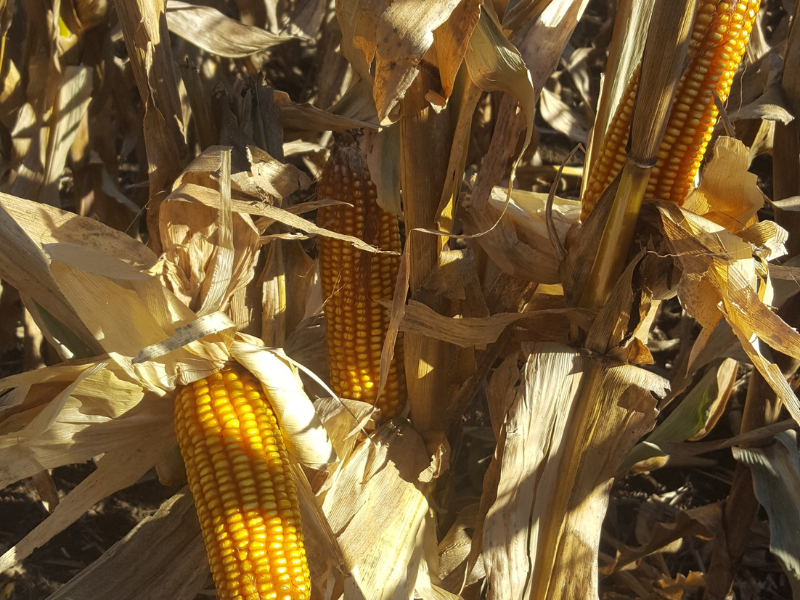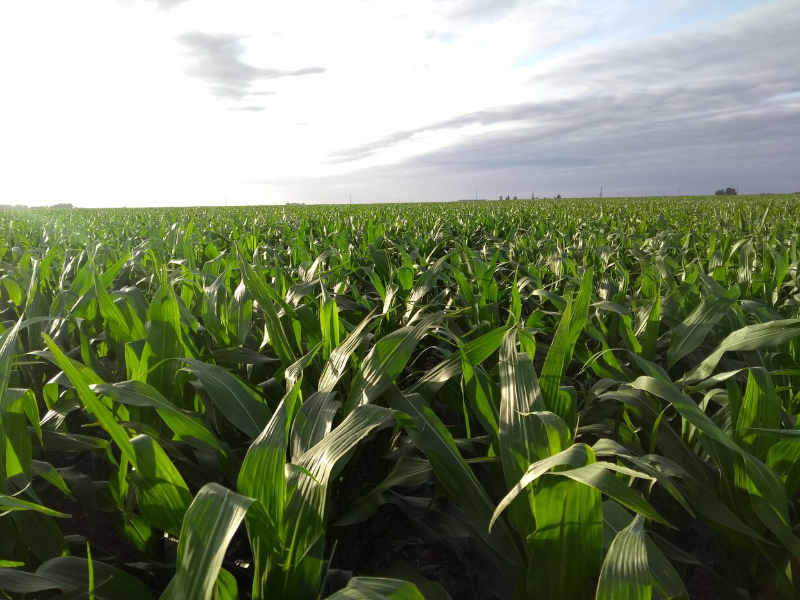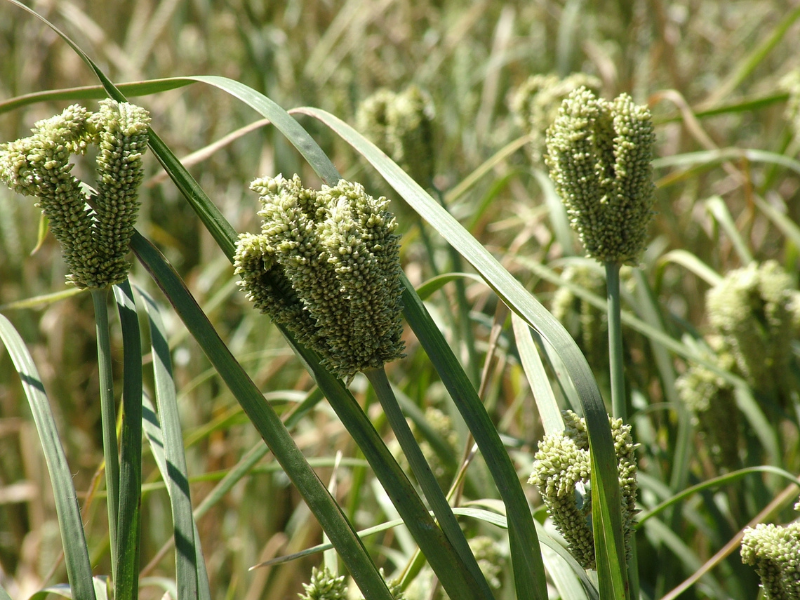Food
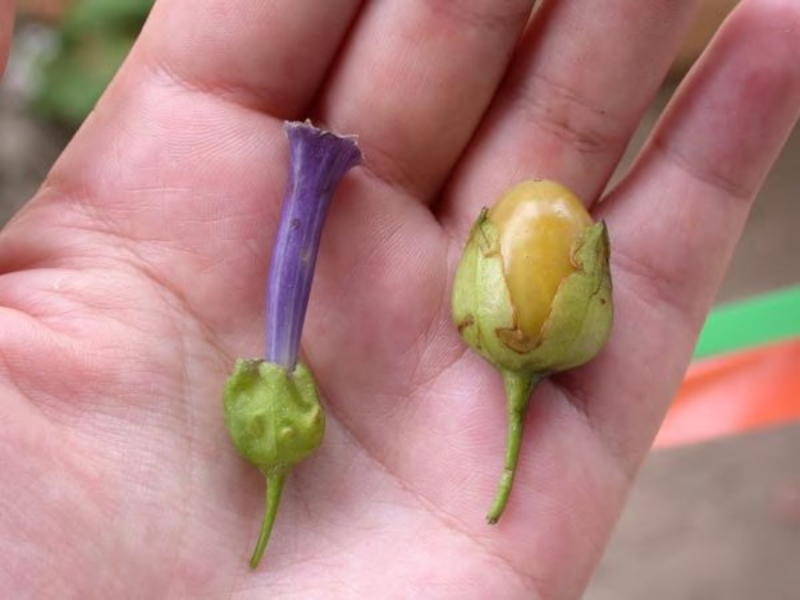
Hidden beneath the delicate, red skin and juicy flesh of a tomato is a wealth of nutrients and genetic makeup. With recent research on the first genome of a species in the tomatillo tribe (part of the tomato family), we now have a better idea of how this vital plant family came to be.
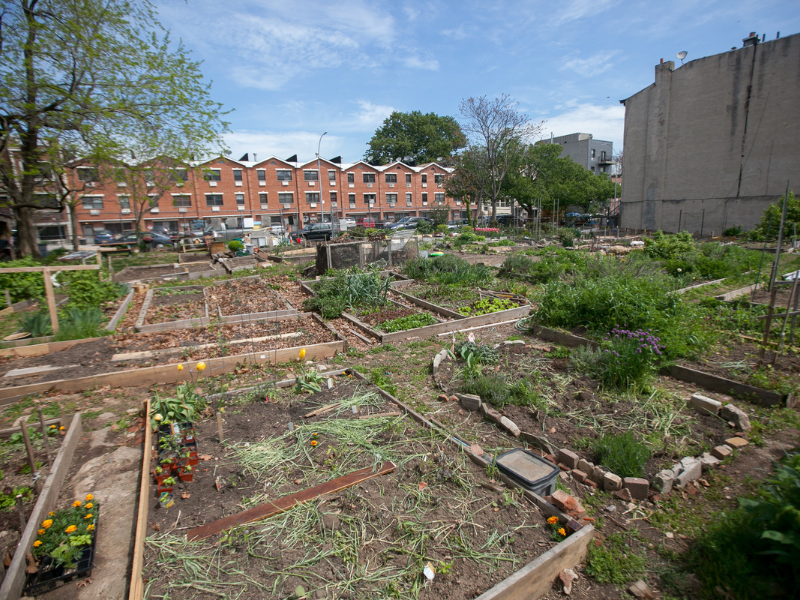
Urban gardens offer many benefits for individual health, communities, and ecosystems. They promote sustainable agriculture, reduce food transportation costs, and reduce water runoff. However, urban gardeners also face several challenges, one of which is dealing with contaminants like lead.
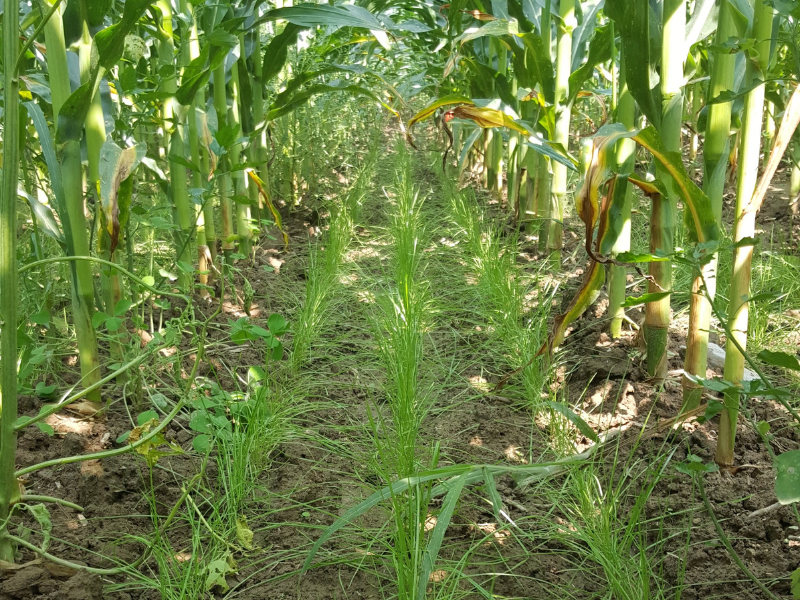
Fields of amber grain may be the poetic image of American farmland. And it’s true that the U.S. grows plenty of wheat. But fields of yellow grain – corn – may be more accurate.
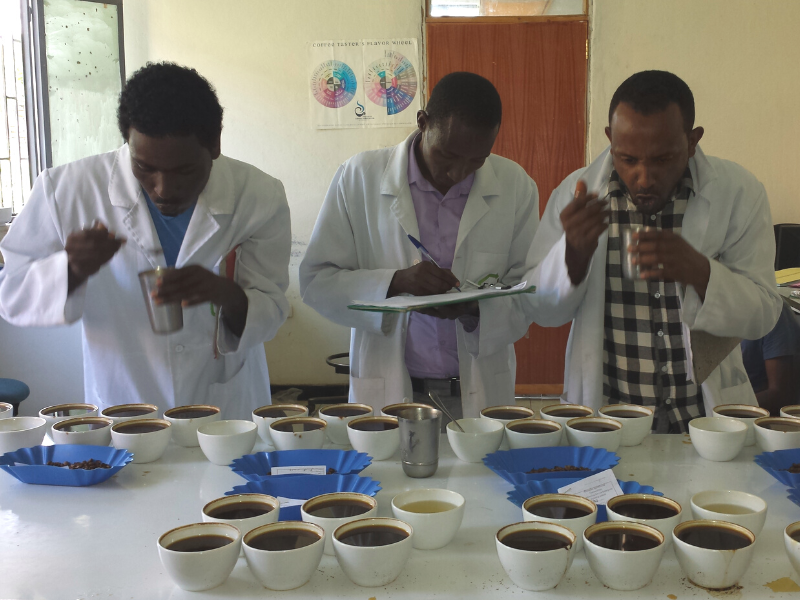
Most Americans wake up to coffee every morning. In fact, the National Coffee Association says that 70% of Americans drink coffee every week (62% drink it every day!)

Crop breeders are always looking for ways to improve a crop. They know that even small differences in quality and quantity can mean big differences in profits for farmers. So, making the breeding process faster and cheaper makes it more likely they will have success.

Considered to be the most widely consumed drink in the world, tea comes in many varieties. One of these includes honeybush tea, which is made from the leaves of the honeybush plant. It has a honey-like flavor and aroma. Although it is a less well-known variety than its more famous cousin – rooibos – honeybush tea is naturally low in sugar, caffeine-free, and has several other potential health benefits.
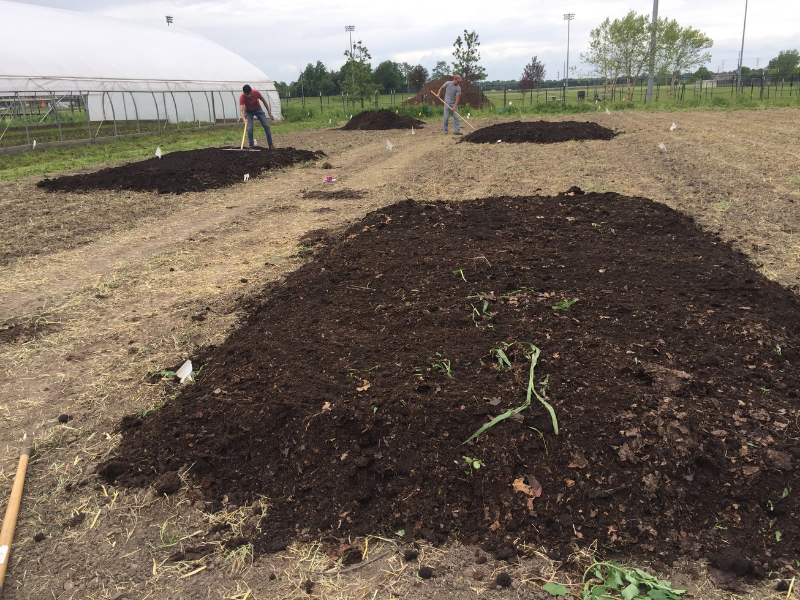
Many urban gardeners know that adding ingredients like compost and mulch to their soil has great benefits. But it can be difficult to know what to add and why. Researchers at Purdue University gathered scientific evidence about one specific soil addition, leaf mold compost, and how it benefits tomato plants.

Underneath the surface, plant roots are hard at work. Roots, of course, are how plants get water and minerals from the soil. But digging into how different root systems affect crop yields has been challenging for researchers.

